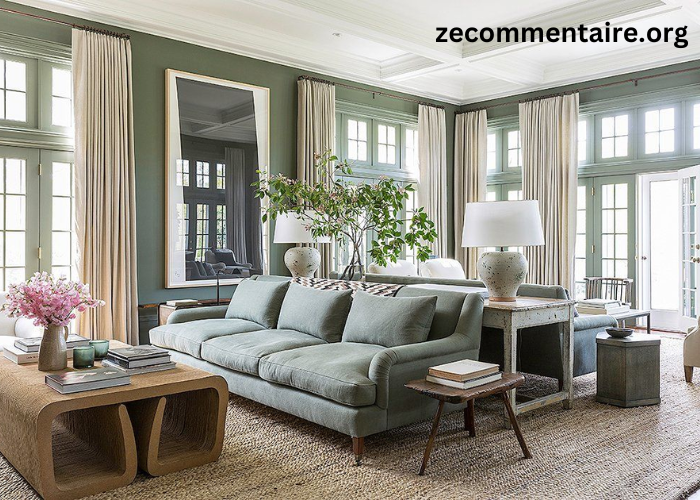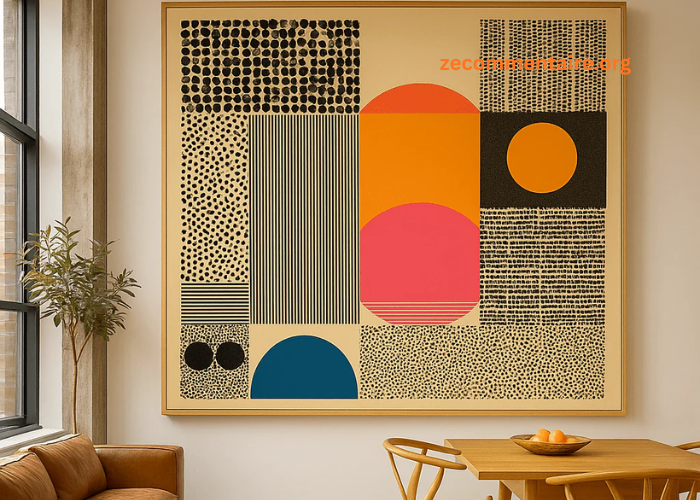Magazines have forever been a staple in print media, captivating audiences with rich visuals and engaging content. This guide dives into the art and craft of magazine design, offering helpful information for enthusiasts and professionals alike. Understanding the fundamentals can significantly enhance your output, whether you’re into magazine printing for personal projects or professional publications.
Magazine design encompasses various elements, including layout, typography, and visual content. It’s an intricate process that balances creativity and technical skills. From choosing the right grid system to selecting harmonious color palettes, each decision impacts the reader’s experience. Let’s explore these critical components to uncover what makes for an unforgettable magazine.
Elements of Effective Layout
A practical magazine layout captures readers’ attention and seamlessly guides them through the content. Key elements include grids, margins, and the strategic placement of text and images to maintain balance and flow. According to a study, consistency and alignment are crucial for readability. Well-thought-out layouts make it easier for readers to navigate articles and enjoy a cohesive reading experience.
Grids serve as the backbone of any magazine layout. They ensure that content aligns neatly and helps maintain a clean, organized appearance. Margins and gutters should be consistent to create a sense of harmony. Also, consider the hierarchy of information; headlines, subheadings, and body text should have distinct sizes and weights to guide the reader naturally through the content.
Typography Tips for Magazines
Typography can make or break a magazine design. It’s important to choose fonts that are aesthetically pleasing and legible. Mixing different font styles can add interest, but maintaining harmony is essential. Generally, combining serif and sans-serif fonts works well to create a dynamic yet readable text layout.
Consider the personality of your magazine when selecting fonts. A fashion magazine might opt for elegant serif fonts, while a tech magazine might go for sleek, modern sans-serif fonts. Additionally, pay attention to spacing. Proper line height and letter spacing can drastically improve readability. Don’t avoid experimenting with bold and italic styles to emphasize key points and break the monotony of lengthy text blocks.
Imagery and Visual Content
High-quality imagery can elevate a magazine’s appeal significantly. Incorporate photos, illustrations, and infographics to complement the text and enhance the reader’s experience. It’s crucial to ensure that visuals are relevant and of high resolution. Additionally, the placement and size of images should be thoughtfully considered to avoid clutter and maintain visual interest throughout the pages.
Images should not just decorate but also add value to the content. Captions can provide context and draw readers into the story, and infographics can summarize complex information in an easily digestible format. Always ensure that your images align with the magazine’s overall theme and tone, creating a unified look that reinforces your brand’s identity.
Creative Inspiration from Exemplary Designs
Are you looking for some inspiration? Consider studying some of the most exemplary magazine designs available. Observing these can provide fresh ideas and insights into effective design practices.
For instance, National Geographic’s striking photography and minimalist layouts emphasize the beauty of the natural world. Analyzing such acclaimed magazines can spark new ideas and push your design boundaries.
Practical Tips for DIY Magazine Design
Are you thinking about designing your magazine? Start with a clear vision and plan. Remember to proofread meticulously and seek feedback before finalizing. Creating templates can also streamline your process, ensuring consistency and saving time for future issues. Additionally, it’s beneficial to stay updated with design trends to keep your magazine modern and relevant.
Start by outlining your thoughts and developing prototypes. This first stage will assist you in envisioning the result and making early modifications. Consider color combinations that match your desired audience and your brand’s image. Gather input from colleagues or possible readers to improve your design and content, enhancing the engagement and quality of your magazine.
Concluding Thoughts on Magazine Design
Magazine design is a dynamic and profoundly satisfying field that blends creativity with technical proficiency. Whether you’re a novice or a seasoned designer, there’s always an opportunity to explore and expand your design repertoire. Staying abreast of current trends and continually honing your skills are crucial to crafting compelling magazine layouts.
A successful magazine layout is more than just visually appealing; it’s a strategic arrangement that captivates readers and transforms them into dedicated followers. Mastery of layout, typography, and visual storytelling enables you to create publications that stand out on newsstands and in digital formats. As you embark on your magazine design journey, remember that the most impactful designs reflect your passion and originality, leaving a lasting impression on your audience.
To excel in magazine design, embrace experimentation and push the boundaries of conventional design norms. Innovate with courage and curiosity, striving to deliver something unique and memorable. A well-crafted magazine layout can elevate content and the reader’s experience, whether you aim to inform, inspire, or entertain.





